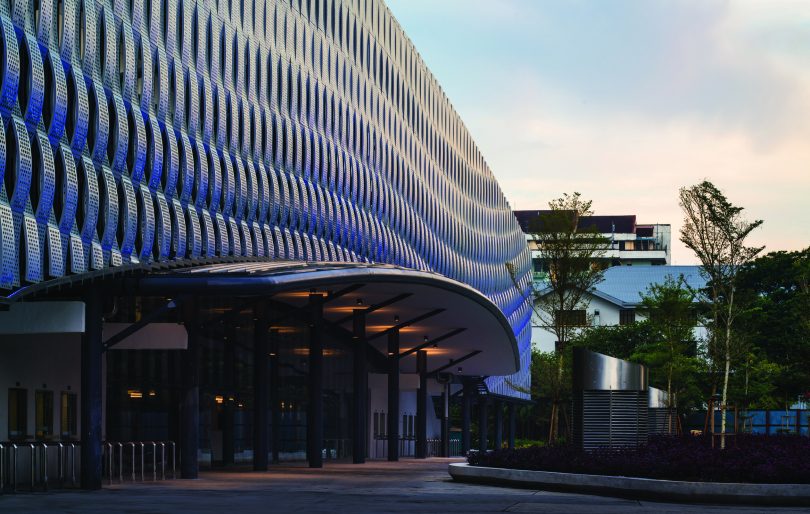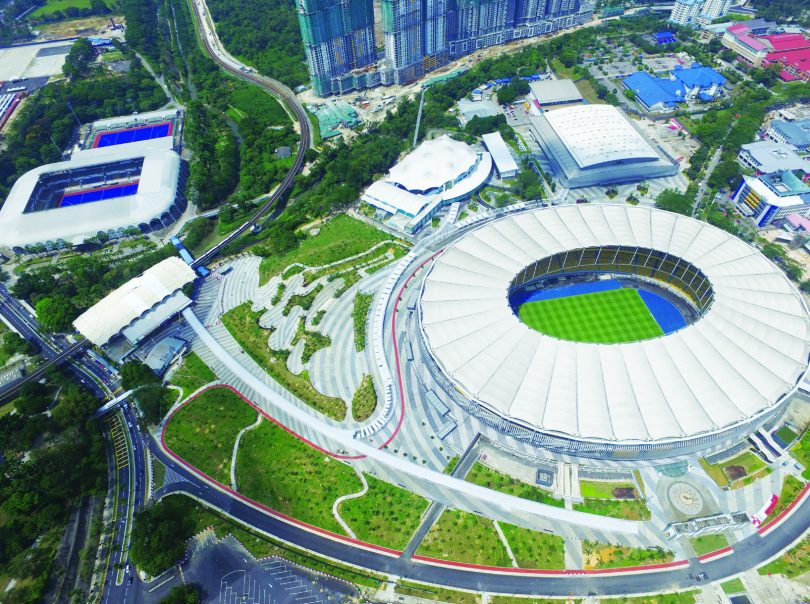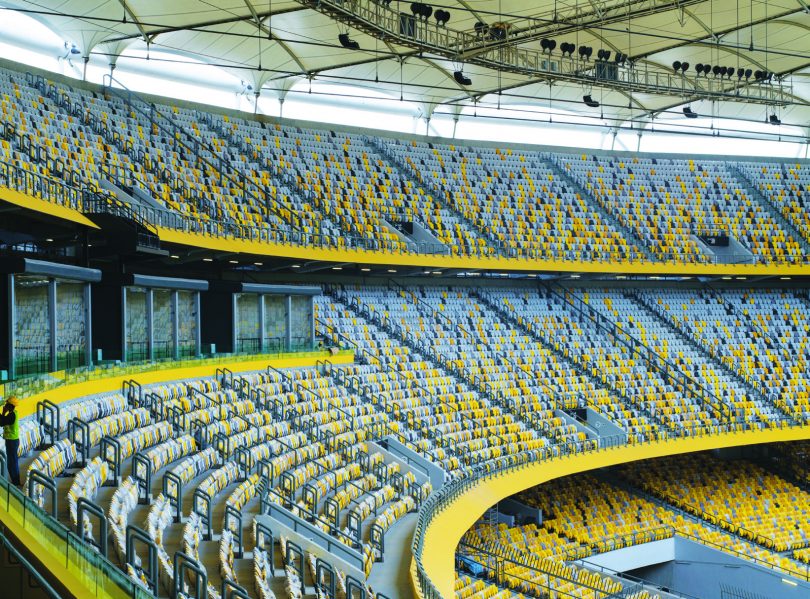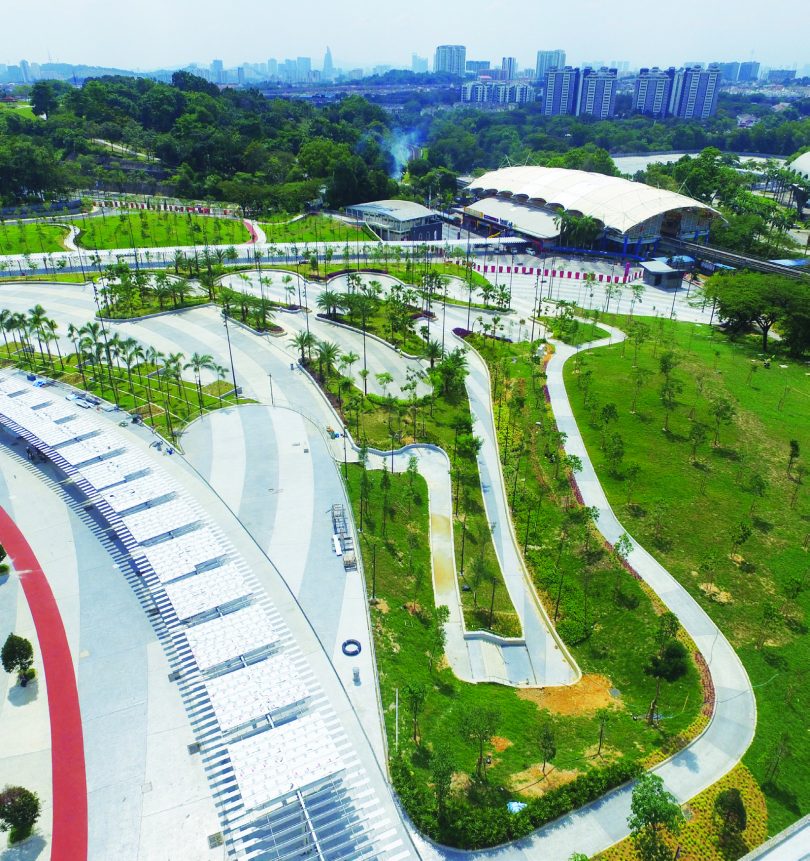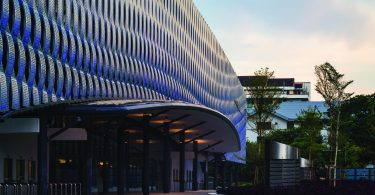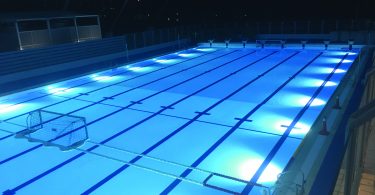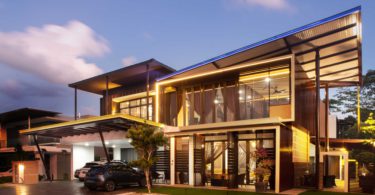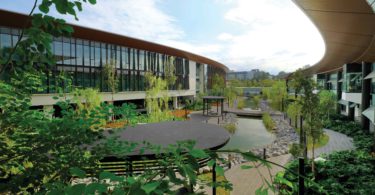The National Sports Complex, first opened in 1998, has undergone a transformation and metamorphosed into the Kuala Lumpur Sports City (KLSC), offering world-class infrastructure, modern facilities and enhanced visitor experiences.
Malaysian Resources Corporation Bhd (MRCB) and architects Populous have adopted a holistic approach in designing a coordinated master plan to upgrade previously under-utilised spaces and create a sustainable centre that will draw crowds seven days a week, not just during major sporting events.
The first phase of the KLSC, costing around RM499 million, involved the rejuvenation of the Bukit Jalil National Stadium, National Aquatic Centre and Axiata Arena (formerly named Putra Indoor Stadium), which will host this year’s Southeast Asian (SEA) Games and ASEAN Para Games.
The RM1.1 billion second phase will commence in 2018 and will include serviced residences, retail and commercial facilities, such as a convention centre, youth hostel, park, library and sports museum, creating a modern and liveable integrated sports city. The overall development will no doubt serve as a catalyst to promote sports, recreation, health and wellness among Malaysians.
CELEBRATION OF CULTURE
The refurbishment of the existing venues was done in line with providing functional excellence of international standing, while expressing and celebrating the Malaysian culture. The design team focused on delivering facilities that are dynamically representative of the sports that are occurring in there, as well as evocative of the national identity.
For example, the Bukit Jalil National Stadium, the largest in South East Asia, boasts an external façade with distinguishing stripes—a reference to the Malayan Tiger— making it a uniquely Malaysian and instantly recognisable landmark.
The ‘stripes’ are created from a series of twisted vertical louvres, which offer sunshading and encourage natural ventilation to the concourse without completely obscuring the original iconic skeleton of the stadium. LED lights have been embedded into the louvres, allowing digitally based animations, advertisements and branding to flow over the three-dimensional façade. As a result, thestadium can appear completely different on each night, sporting different brand identities for a wide variety of events.
The new seats inside the stadium also carry a Harimau Malaya colour theme, with pixelated effects that give the illusion of a crowd.
MAKEOVER
One of the biggest constraints faced was time. Everything had to be completed well in advance of the SEA Games, which meant the project had to be designed and built in a short 18 months. The refurbishment works were carried out concurrently, with strong monitoring and coordination procedures, which was a remarkable achievement for all involved.
With a seating capacity of 87,000, the national stadium was recently nominated as a finalist for the New and Old Completed Buildings category at the 2017 World Architecture Festival, which will be held in Germany in November. It underwent a comprehensive upgrading of facilities, infrastructure and systems, with new PA, lighting, scoreboard and sound systems. Modern hospitality and corporate services include the new corporate suites, with their 3.5-metre floor-to-ceiling glass heights, which sets the facility apart from other famous stadiums around the world.
The Axiata Arena boasts a contemporary perforated steel façade with a lobby and entrance space. Its 11,000 permanent seats have been replaced, together with a retractable seating platform. The number of corporate and VIP seating has increased to 500, allowing the venue to attract bigger name artistes, which generates more revenue. The toilets and changing room facilities have been upgraded, along with a new air-conditioning system, sports lighting, PA system and an advanced fire protection system that complies with global safety standards.
The National Aquatic Centre, comprising an Olympic-standard swimming pool, warm-up areas and diving pool, also has a new façade, offering a shaded entrance space, with a fabric roof and glass curtain wall to allow more daylight penetration. The pools have new tiling, underwater lighting, mechanical filtration systems and a FINA-compliant diving board. The VIP lobby space, changing rooms and media facilities and public toilets have been upgraded, and new sports lighting and PA system installed.
The National Hockey Stadium, home of the Malaysian national men’s and women’s field hockey teams, sits up to 12,000 people. It now enjoys a top-notch turf pitch, new sports lighting, upgraded toilets and an advanced fire protection system.
Materials used in the renovations were sourced from both local and international suppliers, taking into consideration quality, compliance to global sports bodies’ requirements, as well as availability, due to the short timeframe. For example, the technology of producing stadium seats was brought in from Australia so the seats could be produced locally. Power-saving equipment was used for better energy efficiency.
PRECINCT ENHANCEMENTS
The green spaces around the stadiums have been increased from 5 to approximately 30 per cent with a generously sized public park and fresh landscaping, such as the terraces that cascade from the national stadium down to the train station.
The entire site is designed for the Malaysian climate, and the pedestrian-centred layout—with cycling and jogging tracks, wheelchair-accessiblecovered boulevards and shaded canopy walk, wayfinding and signages, and improved circulation for pedestrians and vehicles—is aimed at encouraging public transport usage and activities within the precinct, especially when there are no major events. There are also new toilets and space for pop-up F&B kiosks and food trucks around the stadiums.
PROJECT DATA
Project Name: KL Sports City (Phase 1)
Location: Bukit Jalil, Kuala Lumpur
Completion Date: 22 July 2017
Site Area: Approximately 260,000 square metres
Gross Floor Area:
National stadium: 111,939 square metres
Axiata Arena: 70,731 square metres
Aquatic centre: 27,632 square metres
Building Height
National stadium: 33.75 metres
Axiata Arena: 27.66 square metres
Aquatic centre: 27.88 square metres
Client/Owner: Ministry of Youth and Sports
Architecture Firms:Populous; RSP Architects
Principal Architect: Paul Henry
Civil & Structural Engineer: HSS Integrated Sdn Bhd
Mechanical & Electrical Engineers: Perunding Eagles Consulting Engineers Sdn Bhd; Jurutera Perunding Kuasa Tenaga Sdn Bhd
Quantity Surveyor: KPK QS (Semenanjung) Sdn Bhd
Lighting Consultant: Lighting Specialist Australia
Landscape Architect: Landarc Associates Sdn Bhd
Main Contractor: MRCB Builders Sdn Bhd
Interior Fit-Out Contractor: ISG ASIA (Malaysia) Sdn Bhd
Images: Malaysian Resources Corporation Bhd

 Hong Kong
Hong Kong Singapore
Singapore Indonesia
Indonesia Tiếng Việt
Tiếng Việt ประเทศไทย
ประเทศไทย

